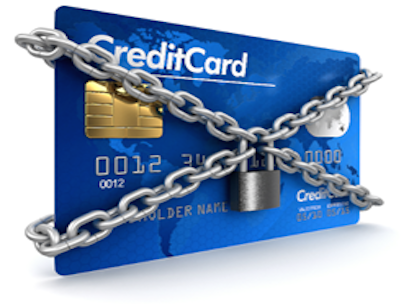The threat to retailers’ data security has never been higher – but there are effective means to reduce the risk of being hacked.
Between April and June of 2014, the US retail sector was the worst-affected of all industries in data breaches with 145 million records or 83 per cent of the total records compromised. On an average, this has cost retailers $195 per record apprehended, according to Boston Retail Partners research.
BRP has published a white paper (download it free here) to address key payment data risks and offer best practices to protect customer payment data. The “Best Practices and Tools to Thwart Hackers and Protect Customer Payment Data” white paper is the insight of BRP executives with extensive experience in developing and deploying payment data security strategies for many well-known retailers.
The white paper includes strategies for deploying multiple data security strategies, including three key steps:
- Support EMV-based (Europay, MasterCard, and Visa) transactions to validate the card authenticity for in-store purchases.
- Implement a single encryption point at the time of swipe or data entry and a single decryption point at the processor (End-to-End Encryption).
- Implement tokenisation at the earliest point possible outside of the environment and for all data at rest.
“As significant financial harm prevails and negative publicity affects consumer perception and loyalty, it is critical for retailers to defend themselves and their customers against potential security breaches,” said Perry Kramer, VP and practice lead of BRP.
“Simply meeting PCI compliance standards is no longer sufficient to protect customer data. The best way to reduce overall payment card exposure is with a multi-tiered security approach with a combination of EMV, encryption and tokenisation,” he said.
BRP publishes a Retail Insights Blog as well at: http://www.bostonretailpartners.com/blog.






